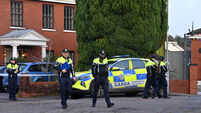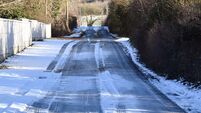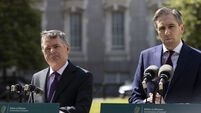Contentious land acquisitions dropped in revised Cork BusConnects plan
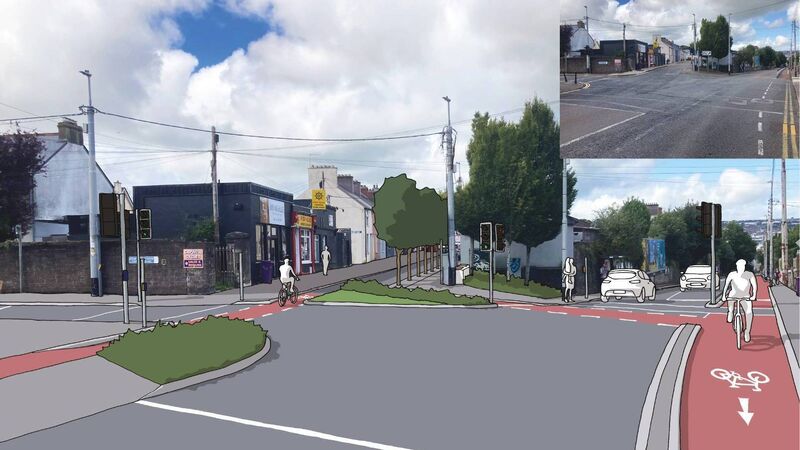
Strategic Transport Corridor (STC) I: Part of the Maryborough Hill to city route.
Some contentious land acquisitions, some bus gates and sections of bike lanes have been dropped from revised designs for a network of strategic transport corridors (STCs) proposed under the €600m BusConnects Cork programme.
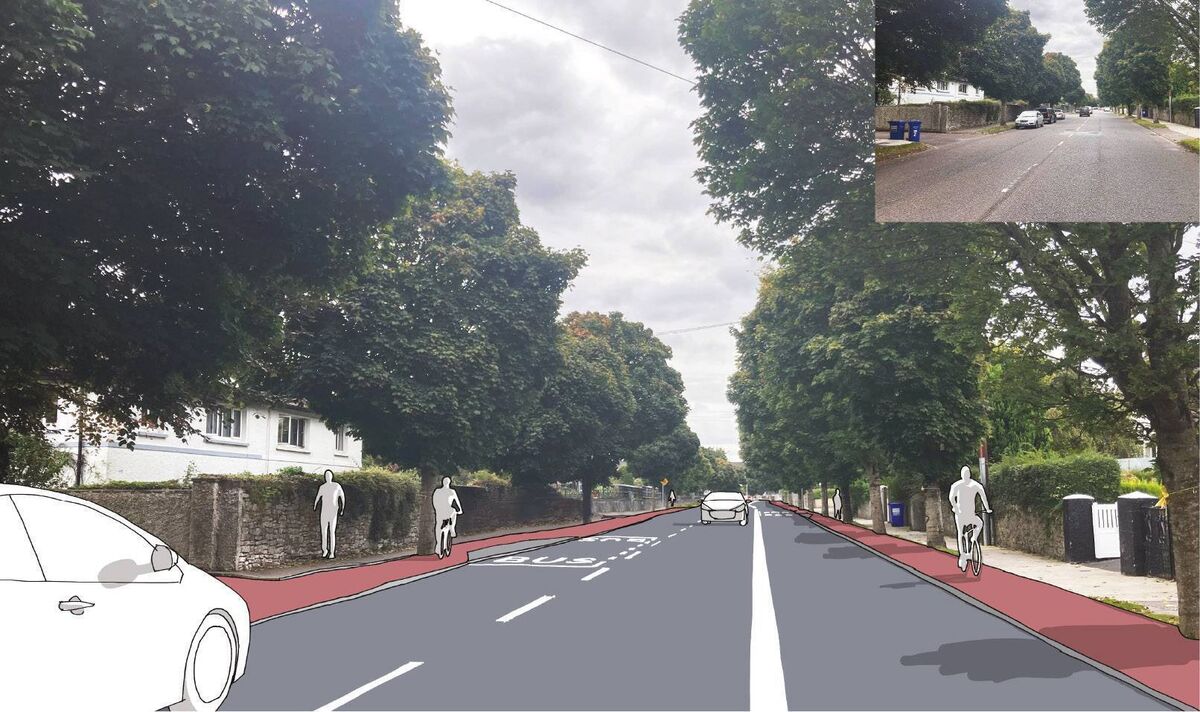
Private land along the Douglas Road is no longer required following a decision to drop plans for a bus lane, a bus gate proposal on Spring Lane near Blackpool has been scrapped, and bike lanes on Colmcille Ave in Mayfield have been scrapped in favour of ‘quiet-street’ treatment elsewhere following a revision of the preferred route designs for the 11 STCs which have all been published today for more public consultation.
A new bus-rail interchange has been added to the Dunkettle to city corridor, a bus interchange is planned for the Wilton roundabout, with other public realm and turning lane improvements proposed on other routes under the updated plans.
The latest changes have led to a 48% reduction in the amount of private land impacted compared to the initial proposals which were published in June 2022, a 43% reduction in the amount of parking spaces required, and a 37% reduction in tree felling.
The National Transport Authority (NTA) said the changes follow feedback from the second round of consultation on the STC routes which was held between March and May of this year, and which attracted some 4,400 submissions from the public, and led to around 30 meetings with residents, business and special interest groups during the summer.
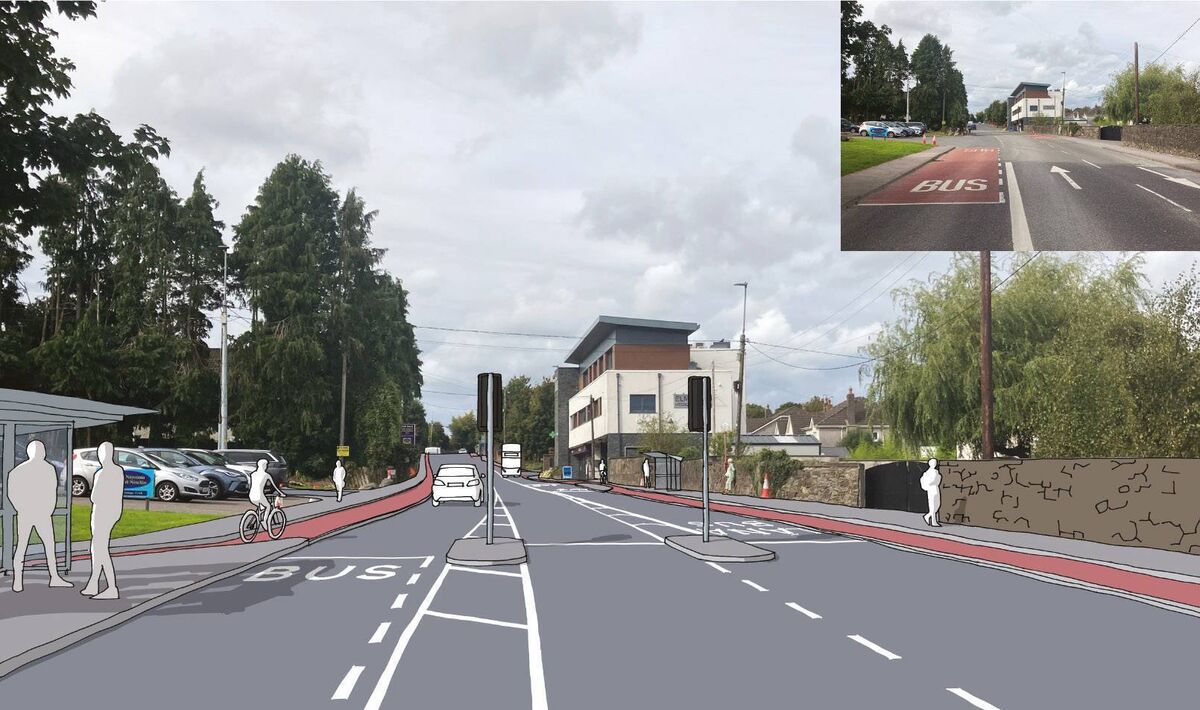
The NTA said that engagement led to further refinement of the STC designs, as well as additional technical design work and new urban realm improvement proposals along each corridor. It has now published all of the revised design proposals for all 11 STCs for a third round of public consultation.
The NTA said despite the latest design changes, BusConnects Cork will still deliver an estimated 91kms of new bus lanes and bus priority and 98kms of cycle facilities to make travel by bus and active travel a more attractive option while also reducing carbon emissions and congestion.
NTA CEO, Anne Graham, said they have engaged extensively with community and business groups during the previous rounds of public consultation.
“The updated proposals we’re putting forward in collaboration with Cork City Council have helped to mitigate many of the issues raised by community and business groups,” she said.
“Cork is a growing city and needs a bus network that works for a rapidly transforming city. As key part of the BusConnects Cork programme, the development of the STCs will help future-proof Cork’s bus system and create safe cycling across the city as it continues to grow."
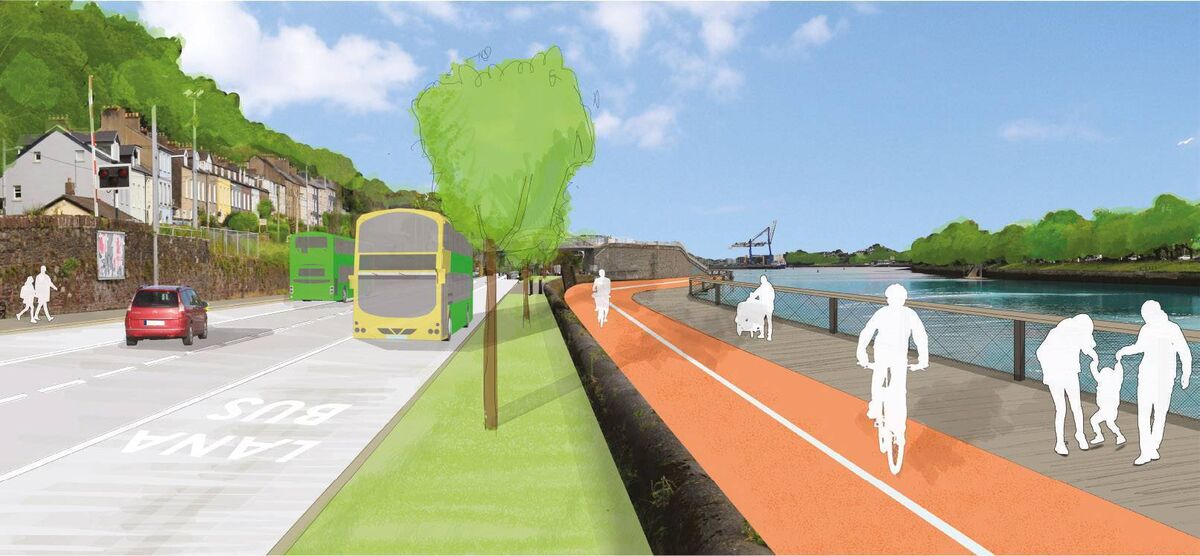
Ann Doherty, the chief executive of Cork City Council, said BusConnects is critical to the ongoing development of the city.
“The improved bus frequencies, journey time reliability and other measures will transform the ease with which people will be able to access and move across our city into the future,” she said. “The planned investment in Cork’s public transport offering is also critical to the delivery on decarbonisation and the achievement of our Mission City climate neutrality targets over the period to 2030.”
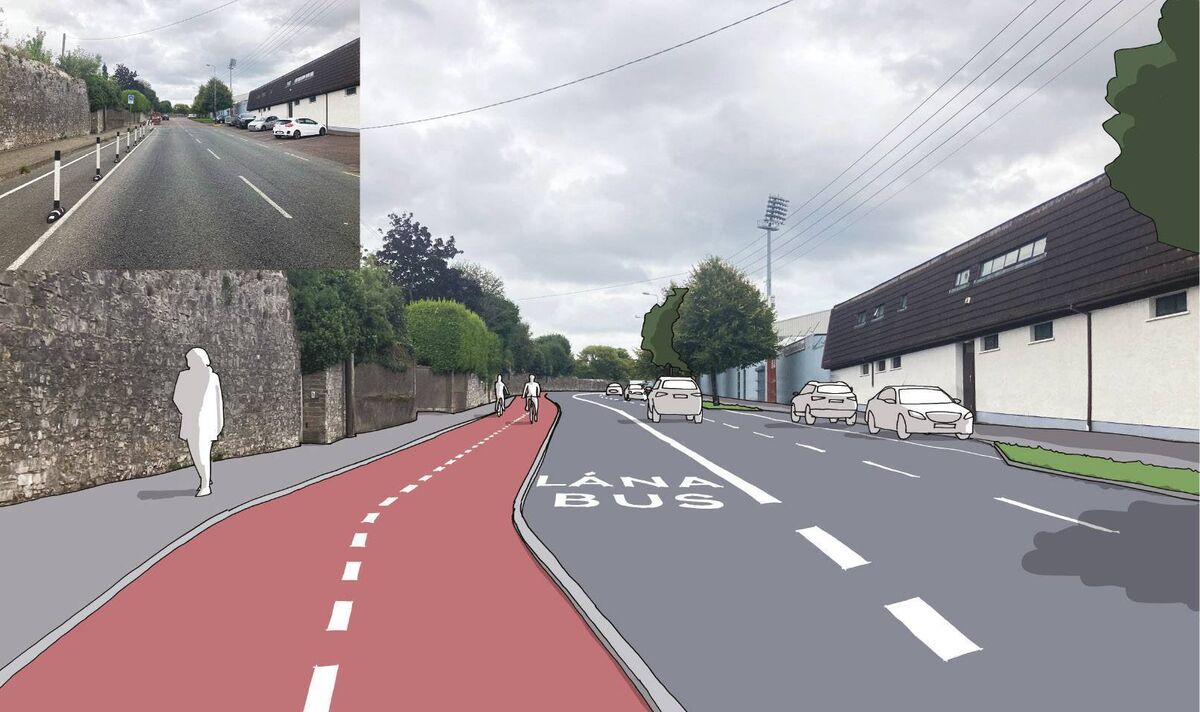
Consultation on the updated proposals runs until Monday, December 18, and will include a series of public information events across November, with details at busconnects.ie/cork.
The NTA said leaflets will be delivered to almost 100,000 addresses in Cork over the coming days with information about the consultation. Impacted landowners have also been written to.
All submissions from this third round of consultation will be reviewed by the NTA after which the preferred route options for all 11 STCs will be finalised for submission to An Bórd Pleanála.
A new bus-rail interchange has been added, with bus, pedestrian and cycle access provided from Alfred Street.
Proposed cycle tracks on Colmcille Avenue have been removed and replaced by a quiet street cycle route on nearby streets.
The proposed bus gate on Dublin Street at Spring Lane has been dropped, and replaced by signal priority measures to restrict non-local traffic movements while allowing all local access to be made.
The Inbound bus gate moved from Wolfe Tone Street to Shandon Street to improve local access and bus priority approaching the bus gate.
In Ballincollig town centre, a dedicated left turn lane for eastbound traffic has been added in advance of Old Fort Road (west) junction. A right turn pocket for westbound traffic has also been added to minimise queuing along Main Street for cars turning into Tesco and Castle West shopping centre car parks.
Omission of the inbound bus lane and a short section of outbound bus lane on Curraheen Road.
The bus gate previously proposed on Clarke’s Bridge has been dropped.
On Evergreen Road, two-way cycle track to move from the northern side of the road to the southern side.
The bus gate at the Douglas Road junction with Well Road has been relocated to the west of the Rosebank junction. It means the existing road arrangement between the bus gates on the Douglas Road will remain as it is, with a reduced 30kph speed limit.
Additional parking spaces are proposed at Churchyard Lane and Boreenmanna Road junction as well as Ballinlough Road.
Eastbound and westbound bus lanes along Grange Road are re-arranged to improve road safety, and minimise impacts to private land take, existing trees and boundary walls.






